Hey Hey My friend! First of all Happy New Year I hope you had a great time during the holidays spent with family, friends, and loved ones. Make 2012 your best I know I am. Now let’s get started.
 Today I decided to share with you a complete list of some very popular terms you will here in the SEO world and in the online marketing world in general.
Today I decided to share with you a complete list of some very popular terms you will here in the SEO world and in the online marketing world in general.
If there is one thing I have learned is that you first need to understand what something is or understand how a process works before you can properly learn it and put it into action.
I hope you enjoy my SEO Glossary and if there’s a term not listed here just let me know and I will do my best to clarify it for you.
If you are looking for a specific phrase press Control + “F” for PC or Command + “F” for Mac and type your request into search field.
Common SEO Terms:
404:
Not Found – This means you have a link on your site pointing to a page that is no longer there or an incorrect link.
A
Above The Fold
This term is traditionally use in the newspaper industry for the top section that is visible when the paper is folded in half. You reserve this section for the most important information and headlines you want your visitor to see.
Affiliate Marketing
When you as a marketer get paid a commission for referring a buyer to a product creator. However the buyer MUST buy through your affiliate link which is provided to you by the product creator.
Affiliate Link
This is a completely unique link that is provided to you by a product creator to ensure you get paid your commission for referring a buyer to their product. Every affiliate has a unique link.
Alt Attribute
A text representation of an online image. People with vision impairment need the assistance of screen readers to know what is happening on the screen. Alt Attributes are written in by the web developer to describe what an image is about. Having the correct Alt attribute can also help in your search engine rankings.
Anchor Text
When creating a link you need to select a set of words to tie the link onto. <a href=”link”>Anchor Text </a> try to use your keywords as the anchor text as it has relevance to your SEO efforts.
B
Backlinks
The process of other websites linking back to your website. This is probably the most important factor to ranking your website on the first page of Google. Learning how to build high quality backlinks is a skill that can make you a fortune. Popular backlinking strategies include Social Bookmarking, Forum Profiles, Article Marketing, Blog Commenting, Forum Signatures, Web 2.0 sites etc.
Behavioral Targeting
This helps advertisers cater their ads to your recent interests on the internet. You may have recently searched for a snow mobile. Now you may notice that more banners ads are showing snow mobiles.
Black Hat
Techniques used to trick or fool search engines into thinking your site is relevant. See Keyword Stuffing
Blog
A periodical updated journal, usually displayed in reverse chronological order. Many Blogs are posted on free sites like Blogger.com and WordPress.com. See CMS
C
CMS
Content Management System. These programs are out of the box package sites, popular for blogs and shopping carts. Some of the more popular CMS programs include WordPress, Joomla, and Magento.
Conversion
A conversion refers to an action that a marketer wishes a visitor make. Many times a conversion relates to the purchase of a product, but can also be having someone download a white paper or signup for a newsletter.
CPC aka Cost Per Click.
This refers to sponsored ads that appear in popular search engines like Google or Yahoo. When the advertiser places the ad they bid on how much they’ll pay for someone to click on their ad. This is their Cost Per Click
CSS aka Cascading Style Sheets
This is a method of styling elements of a webpage. If you need our headers to look a certain way, you adjust the CSS to set the header exactly as you would like it. So if HTML is the structure of a building, CSS would be the interior decorations.
Cookie aka Browser Cookie
I am not referring to your typical cookie which is enjoyed with milk or hot chocolate in this sense of the term I am referring to a way for companies to be able to track what users do and sort of record your history. This is a popular way for your to be able to make sure you earn your affiliate commissions. Whenever you click on an affiliate link there is a ‘cookie’ implanted on your browser to make sure the marketer gets credit for that sale. Depending on how long the product creator set the cookie you can still get paid if the buyer returns 1,2 or 3 months later to purchase the product. Again this all depends on how long the product owner sets the cookies to last and assuming the buyer has not cleared their browser cookies.
D
Dynamic Content
Content which is changed in intervals or over time. Many PHP websites are built for dynamic content. Web 1.0 was internet of the 90’s. Simply informational webpages but not a lot of interaction. Web 2.0 was able to happen because of dynamic content.
Duplicate Content
The process of writing an article and publishing on multiple platforms without changing or modifying the content.
E
Entry Page
A page whereby users can enter your webpage. Many people mistakenly believe the homepage is the only way, but any advertised page can be an entry page. Usually involved in PPC advertising. Make sure however whatever entry page you are advertising is relevant to the ad content.
External Link
A link within your website that refers to another domain.
F
Favicon
The little micro picture that displays in your browsers URL bar next to the domain.
Feed
A method of syndicating content popular in blogs and products. See RSS
FTP
File Transfer Protocol. A method of transferring files from your personal computer to your server. A popular free FTP protocol is Filezilla.
G
Google Bot
A search engine spider used by Google. This little guy scans websites for relevancy and content changes to help index you into the search engine.
Google Keyword Tool
Keywords are used to determine your sites relevancy to a particular search. Google has a tool where you can investigate the competition, use, and number of searches for any keywords.
H
Headings
Refer to the “headlines” that explain what the rest of the content on your page is about. Ranging in order of importance from H1-H6. Reserve the use of the headings tags to relevant webpage data.
HTTP
HyperText Transfer Protocol. This is the main form of communication between a searchers browser and the server.
I
Inbound Link
Links originating away from your website leading to your website. These links count as a vote to the relevancy of your website and should be acquired for SEO and site popularity purposes.
ISP
Internet Service Provider. These refer to companies that provide internet services like Comcast and Verizon
Internet Marketing
The process of taking your business and generating traffic and revenue through the World Wide Web.
J
JavaScript
Client side scripting that allows for dynamic features to be added without having to reference the server.
K
Keyword Density
An old method that search engines used to determine the relevancy of page content. This has become less prominent due to Black Hat tactics like Keyword Stuffing.
Keyword Stuffing
Extreme insertion of the targeted keyword into a body of text. See Black Hat
L
Landing Page
A page whereby someone reaches your website whether it be through a paid traffic method or free. See Entry Page, PPC
Long Tail Keywords
These keywords refer to a search query that is longer then 2 or 3 words. So for example is someone searches for “play golf” a long tail keyword version of that would be “how to play golf properly” Long tail keywords usually have less competition and are easier to rank for.
M
Meta Description
A description of the page contents condensed into a few sentences. Use your Keywords to help determine proper relevance
Meta Keywords
Targeting Keywords used in the head section of a webpage. These aren’t as relevant as they used to be due to misuse. They may not be as relevant but still won’t hurt your SEO efforts.
Meta Tags
Meta tags refer to the grouping of the Title, Meta description, and Meta keyword tags.
N
Niche
A specific website topic, subject, or product offered by a marketer. For example the weight loss niche or the gaming niche etc
Nofollow
A command to spiders crawling your site to not attribute link authority to. Common in blog comments and pages under construction. This means the website being linked to will not get the link juice credit if the link has the no follow tag attached to it.
O
On Page SEO
The process of placing your target keyword in specific places on your website to help the search engines know what your article is about. The most popular places to put your keyword is in the Title, First sentence (bolded), as a link somewhere in the article, as the alt attribute for the image in your post, and in the last paragraph in italics.
Organic Search
Search engine usually display two kinds of content, paid and unpaid. Unpaid content is commonly referred to as Organic Search Results.
Outbound Link
This is a link pointing from your website to an external website.
P
Page Rank
A logarithmic method of calculating your site’s importance through elements like back links and number of links on a page. There are several other unadvertised elements. Pages are ranked from 0-10, 0 being the lowest and 10 being the highest rating your website can have.
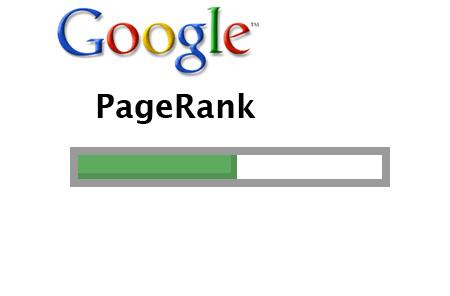
PHP
PHP Hypertext Preprocessor is an open source scripting language which gives sites like Facebook and Myspace the interactivity which made them popular.
PPC
Pay Per Click is a advertising bidding system which allows advertisers to pay for ads which encourage traffic to their websites and products. See Landing Page, CPC
Q
Query
The actual words a searcher types into a search engine to obtain a specific result.
R
Redirect
A method of letting browsers know that a webpage has moved. Commonly referred to as 301 redirect for permanent moves and 302 redirect for a temporary move.
RSS
Real Simply Syndication. This method of content syndication is popular amongst bloggers. It is a simple way to broadcast your content to a larger audience. See Feed
S
SEM
Search Engine Marketing
SEO
Search Engine Optimization. The art of content creation and management which is both pleasing to readers and relevant to Search Engines
SERP
Search Engine Results Page. When a Query is made within a search engine, this is the page whereby the results are displayed.
Sitemap
A single page within a website usually containing all of the links to the website. XML Sitemaps are great if you are advertising on Google
Spider
A search engine program used to index content of webpages for search optimization. See Google Bot
T
Title Element
This is one of the most important elements for SEO. This describes the entire contents of a document.
U
URL
Uniform Resource Locator. This is the unique indicator to your website documents.
V
Viral Marketing
Content created in a way that compels users to share without provocation. Common methods of sharing are Email, twitter, text, and Social Media.
W
Whois
Like an online phone book, the Whois directory keeps a record of website domains and their owners.
White Hat SEO
White hat SEO refers to SEO practices that are accepted by search engines. These methods stand little chance of becoming ineffective in the future when search algorithms change.
Wiki
A collaborative hub for informational content sharing. Most famous is Wikipedia
WordPress
A blogging platform which in recent years is becoming more popular among small business owners as a CMS for their websites. See CMS. If you would like to learn how to master WordPress you may want to consider picking up a copy of my Free WordPress Training Tutorials
X
Xhtml
Extensible HyperText Markup Language
XML
Extensible Markup Language
Y
Yahoo
Internet information portal. Amongst the oldest search engines still in existence.
Youtube
A user content generated video social media website, and the second largest search engine next to Google as of March 2011.
Z
Zeal
Non-commercial directory which mysteriously shut down after being purchased by Looksmart for 20 million.
That is it for now my friend! I hope you found this article helpful and if there are terms that you have heard and I did not cover in this article feel free to leave me a comment below and I will try my best to clarify them.
If you would like to add a term feel free to do it in the common section as well.
Happy 2012!

Give this Bad Boy a Thumbs Up if it helped you in any way..

![[Case Study] 3 Steps To Page 1 of Google in 4 Days signature [Interview] 2 Expert Video Marketers Reveal Their Best Kept Secrets](http://zamuraiblogger.com/wp-content/uploads/2012/10/signature.png)
![[Case Study] 3 Steps To Page 1 of Google in 4 Days Cropped [Interview] 2 Expert Video Marketers Reveal Their Best Kept Secrets](http://zamuraiblogger.com/wp-content/uploads/2013/10/Cropped.png)
![]()
![[Case Study] 3 Steps To Page 1 of Google in 4 Days point here animated [Interview] 2 Expert Video Marketers Reveal Their Best Kept Secrets](http://zamuraiblogger.com/wp-content/uploads/2011/07/point_here_animated.gif)
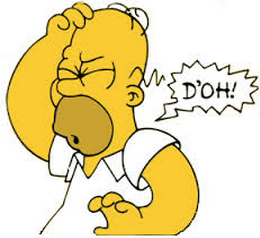


 (if you rather outsource your content you can
(if you rather outsource your content you can 

 If your blog is about the ‘best golf destinations’ then your goal would be to get your article on page one for that specific search term. (assuming people are actually searching for information on that)
If your blog is about the ‘best golf destinations’ then your goal would be to get your article on page one for that specific search term. (assuming people are actually searching for information on that) Today I decided to share with you a complete list of some very popular terms you will here in the
Today I decided to share with you a complete list of some very popular terms you will here in the 


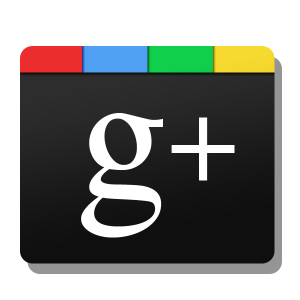 Hey my friend! Joshua here with a HUGE update announced by Matt Cutts about claiming authorship of your blog and how it can potentially BOOST your search engine rankings.
Hey my friend! Joshua here with a HUGE update announced by Matt Cutts about claiming authorship of your blog and how it can potentially BOOST your search engine rankings.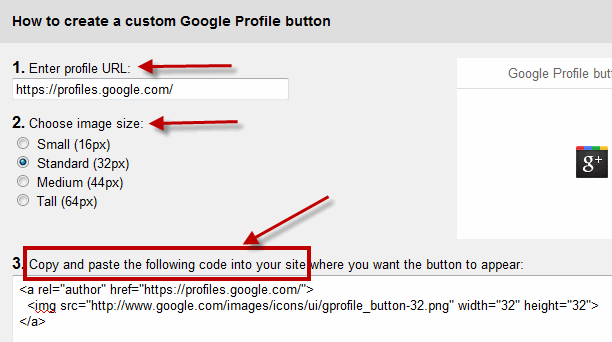
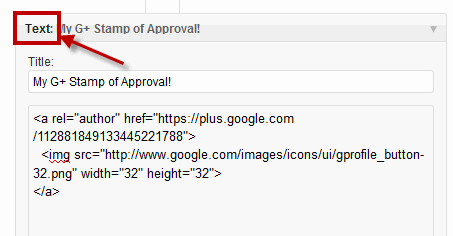
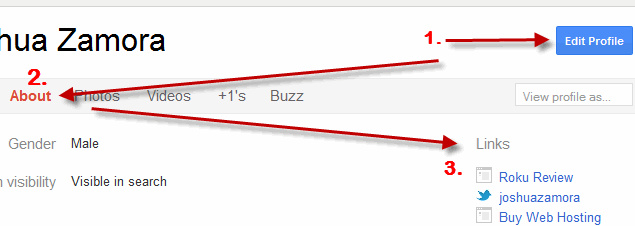
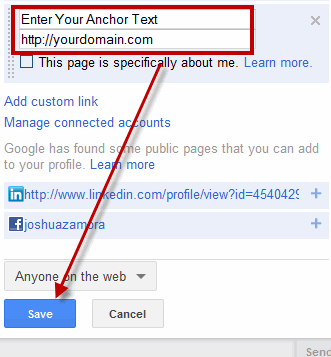
 I LOVE free traffic and continuing to learn new strategies to get free traffic. It’s really what get’s my blood pumping!
I LOVE free traffic and continuing to learn new strategies to get free traffic. It’s really what get’s my blood pumping!